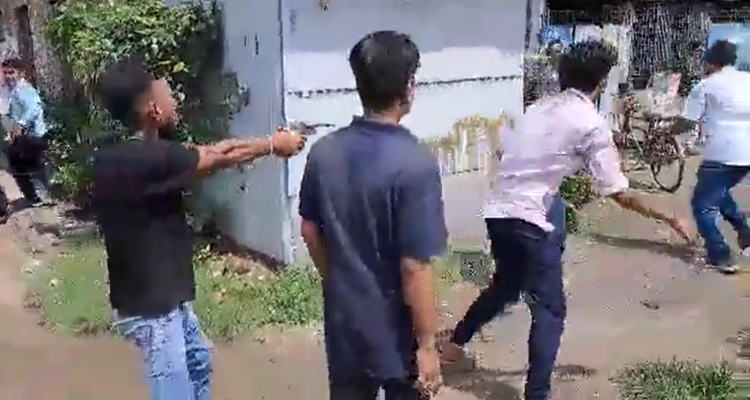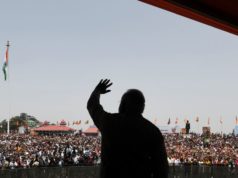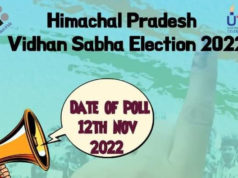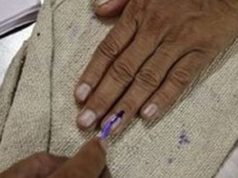The West Bengal Panchayat Elections turned into a blood-stained battleground as eleven individuals lost their lives in a wave of election-related violence. The state, known for its history of electoral clashes, witnessed a tragic toll with six members from the ruling Trinamool Congress (TMC) among the victims. The Bharatiya Janata Party (BJP), Communist Party of India (Marxist) (CPI(M)), Congress, and Indian Secular Front (ISF) each mourned the loss of one of their party workers. The violence also left numerous people injured, while incidents of ballot box destruction and voter intimidation added to the chaos.
The voting process began at 7 am across West Bengal’s rural areas, encompassing a staggering 73,887 seats. With around 5.67 crore people participating, the outcome of approximately 2.06 lakh candidates hung in the balance. However, amidst the exercise of democracy, violence erupted, leading to a climate of fear and bloodshed. By 1 pm, officials recorded a voter turnout of 36.66 per cent, despite the tense atmosphere.
In the wake of the violence, Governor CV Ananda Bose made a visit to the North 24 Parganas district, where he met with injured individuals and listened to their grievances. However, his presence only served as a grim reminder of the state’s troubled history of election violence.
One of the most tragic incidents involved the alleged murder of Madhab Biswas, a BJP polling agent in Coochbehar district. According to the BJP, Biswas was prevented from entering a polling booth by TMC supporters, leading to a confrontation that turned fatal. The TMC, on the other hand, vehemently denied these allegations, adding to the web of accusations and counter-accusations.
The violence continued to claim lives in different regions. A supporter of an independent candidate in Kadambagachi area lost their life, while TMC workers faced brutal fates in Murshidabad district’s Kapasdanga and Khargram areas. Accusations flew between the TMC and the BJP, as the former accused the latter of murdering their booth committee member in Tufanganj 2 panchayat samiti. The clash between TMC and Congress supporters in Malda district resulted in the death of a TMC leader’s brother.
The casualties did not end there. The TMC alleged the murder of its worker in Nadia’s Chapra, while an ISF worker fell victim to clashes in Haringhata. Conflicting accounts emerged, with different factions blaming each other for the violence. This dangerous cycle of blame has plagued West Bengal’s elections for years, raising concerns about the state’s democratic processes.
Beyond the loss of life, reports of ballot box destruction and voter intimidation emerged from various regions. Incidents of vandalized ballot boxes and torched ballot papers were documented in Cooch Behar district’s Dinhata and Barnachina areas, where locals alleged false voting. Protests demanding the deployment of central forces erupted in different parts of the state, reflecting the lack of trust in local law enforcement to ensure fair and secure elections.
Governor CV Ananda Bose’s visit shed light on the harrowing experiences of those affected by the violence. Residents pleaded for intervention, recounting tales of murder, goons preventing access to polling booths, and presiding officers disregarding their concerns. Bose emphasized the gravity of even a single incident of bloodshed, calling for a halt to the violence that threatens the essence of democracy.
As questions arise about the effectiveness of security measures, political parties traded accusations. The TMC raised concerns about the whereabouts of the central forces deployed for the elections, accusing the BJP, CPI(M), and Congress of colluding to demand their presence. Meanwhile, the CPI(M) shared alarming visuals of open ballot boxes lying unattended in the field, further fueling doubts about the integrity of the election process.
West Bengal’s history of electoral violence casts a long shadow over the present-day scenario. Despite deploying around 600 companies of central forces and mobilizing 70,000 state police personnel, concerns remain about the reluctance of the State Election Commission (SEC) to effectively utilize these forces, potentially enabling TMC supporters to capture booths.
The West Bengal Panchayat Elections comprise 63,229 gram panchayat seats, 9,730 panchayat samiti seats, and 928 zilla parishad seats across 22 districts. The ruling TMC contested all zilla parishad, panchayat samiti, and gram panchayat seats, while the BJP, CPI(M), and Congress also fielded candidates in various constituencies. This election serves as a crucial opportunity for political parties to assess their organizational strengths and weaknesses ahead of the 2024 Lok Sabha polls, while also offering a glimpse into the state’s overall sentiment after the TMC government’s third consecutive term.
As West Bengal grapples with the aftermath of yet another violent election, the need for peace, security, and genuine democratic practices becomes all the more urgent.










